Marie Sklodowska Curie was a Polish scientist and the first woman to win the Nobel Prize. She won the prize twice – for Physics in 1903 and for Chemistry in 1911. She was born in Warsaw to a large Catholic family on November 7, 1867. She had a difficult childhood, losing her mother when she was just 12. Educated by her father, a teacher, the young Marie soon showed her ability in science. In 1891, she moved to France to attend university, because women were still not allowed to attend university in Poland. Despite the obstacles women pursuing careers in science faced, she studied at the Sorbonne and obtained a degree in physics and math.
She met Pierre Curie in 1894. He was a well-known scientist and head of Paris’ Physics and Industrial Chemistry Schools. They married in 1895. The Curies set up a laboratory to study natural radioactivity. After years of experiments, in 1898, they isolated a new chemical element. They called it radium, because it emitted radiation. The couple also discovered that the new element could help heal certain types of skin lesions. The Curies decided not to patent their extraction method, making it easier for doctors to treat their patients. Marie Curie’s discoveries were the foundation for the use of radiation in modern medicine. Today, radiation therapy is still a frequently used method to fight cancer.
In 1903, the Curies won the Nobel Prize for Physics for their work. In 1906, Pierre Curie died. Marie continued her research while raising the couple’s two children, Eve and Irene. She was named Chair of the Physics department at the Sorbonne. In later research, she managed to isolate pure radium metal. In 1911, on the strength of these discoveries, she was awarded a second Nobel Prize, this time for Chemistry. When World War One broke out in 1914, she stopped teaching and went to the front with her daughter Irene. Together, they organized an x-ray service to help the wounded. There, she invented the famous “petite Curies,” a kind of mobile x-ray unit.
She founded two private research institutes, first in Paris and later in Warsaw. Researchers and scientists came from all over the world to perform research there. One evening in spring of 1934, she left the lab, reminding a gardener to look after the roses. She never returned. She died on July 4 from aplastic anemia, probably caused by years of radiation exposure. She was 67.
In 1995, her remains were interred in the Paris Panthéon. She was the first woman so honored.
She met Pierre Curie in 1894. He was a well-known scientist and head of Paris’ Physics and Industrial Chemistry Schools. They married in 1895. The Curies set up a laboratory to study natural radioactivity. After years of experiments, in 1898, they isolated a new chemical element. They called it radium, because it emitted radiation. The couple also discovered that the new element could help heal certain types of skin lesions. The Curies decided not to patent their extraction method, making it easier for doctors to treat their patients. Marie Curie’s discoveries were the foundation for the use of radiation in modern medicine. Today, radiation therapy is still a frequently used method to fight cancer.
In 1903, the Curies won the Nobel Prize for Physics for their work. In 1906, Pierre Curie died. Marie continued her research while raising the couple’s two children, Eve and Irene. She was named Chair of the Physics department at the Sorbonne. In later research, she managed to isolate pure radium metal. In 1911, on the strength of these discoveries, she was awarded a second Nobel Prize, this time for Chemistry. When World War One broke out in 1914, she stopped teaching and went to the front with her daughter Irene. Together, they organized an x-ray service to help the wounded. There, she invented the famous “petite Curies,” a kind of mobile x-ray unit.
She founded two private research institutes, first in Paris and later in Warsaw. Researchers and scientists came from all over the world to perform research there. One evening in spring of 1934, she left the lab, reminding a gardener to look after the roses. She never returned. She died on July 4 from aplastic anemia, probably caused by years of radiation exposure. She was 67.
In 1995, her remains were interred in the Paris Panthéon. She was the first woman so honored.
RELATED
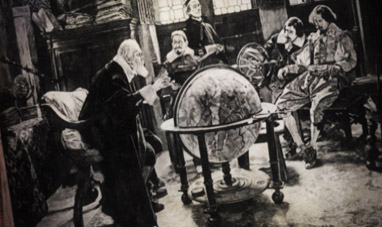

GALILEO GALILEI
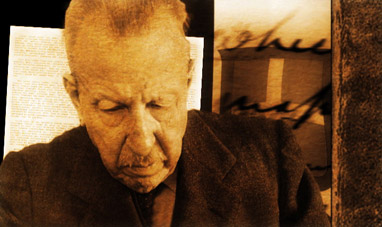

BENEDETTO CROCE
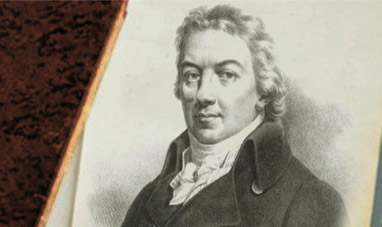

EDWARD JENNER
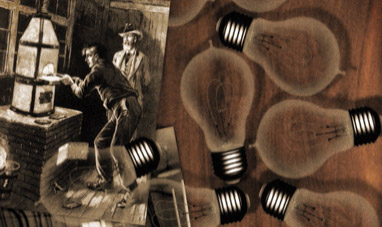

THOMAS ALVA EDISON
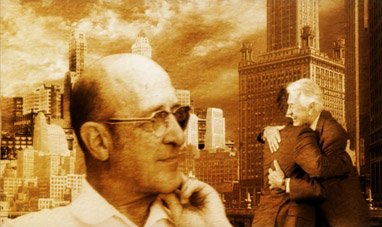

CARL ROGERS
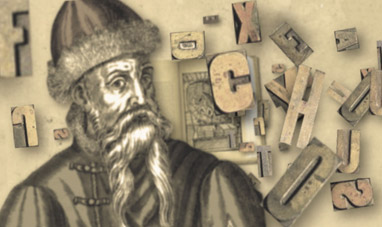

JOHANNES GUTENBERG


JOHANNES KEPLER
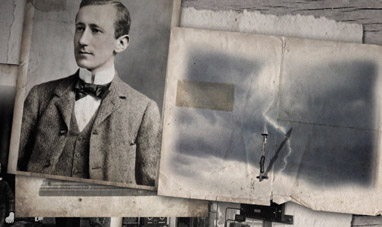

GUGLIELMO MARCONI
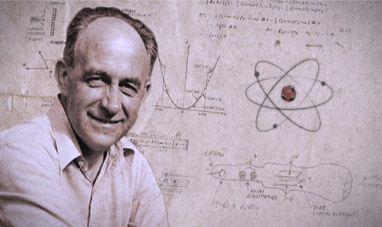

ENRICO FERMI
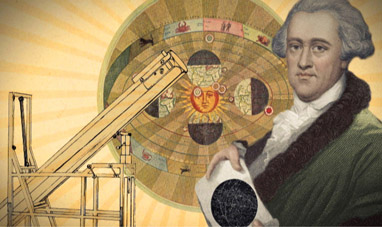

WILHELM HERSCHEL


GALEN
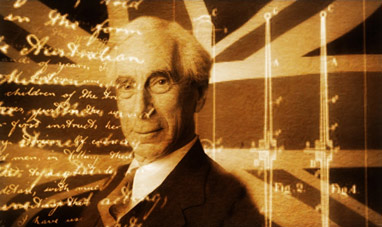

BERTRAND RUSSEL
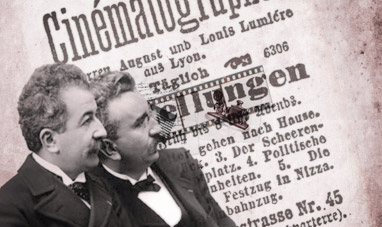

THE LUMIÈRE BROTHERS
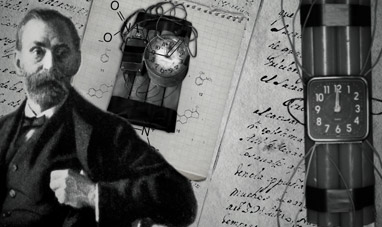

ALFRED NOBEL
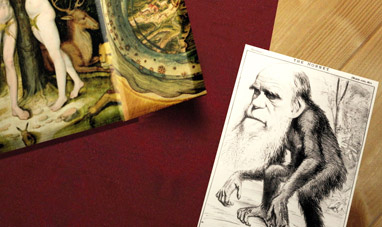

CHARLES DARWIN
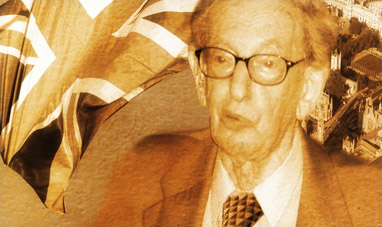

ERIC HOBSBAWM
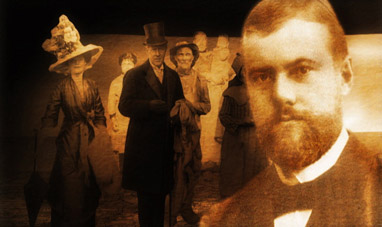

MAX WEBER
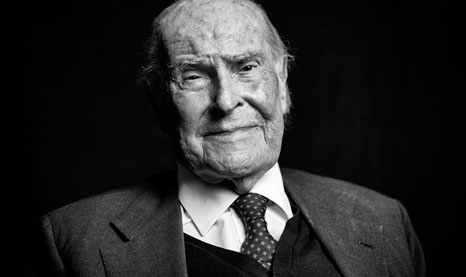

UMBERTO VERONESI
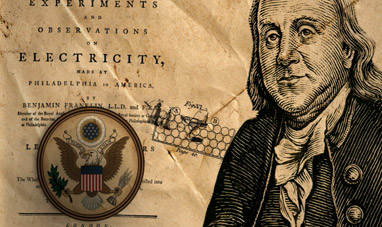

BENJAMIN FRANKLIN


THE MONTGOLFIER BROTHERS
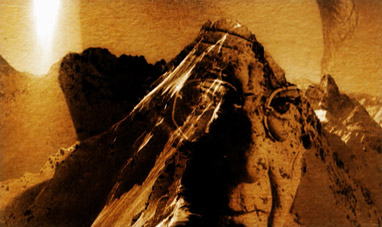

ERICH FROMM
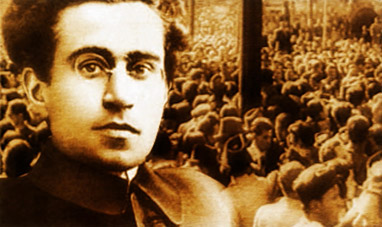

ANTONIO GRAMSCI


PIER PAOLO PASOLINI
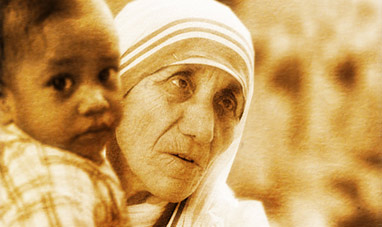

MOTHER TERESA OF CALCUTTA


KARL JASPERS
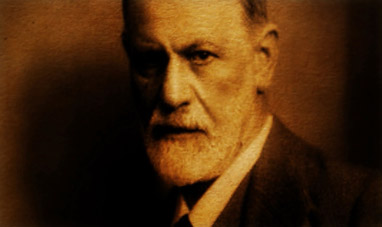

SIGMUND FREUD
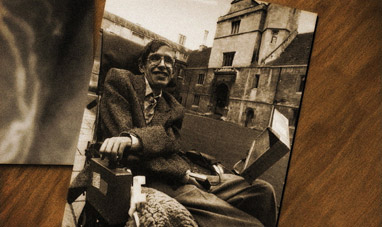

STEPHEN HAWKING


ALEKSANDR LITVINENKO
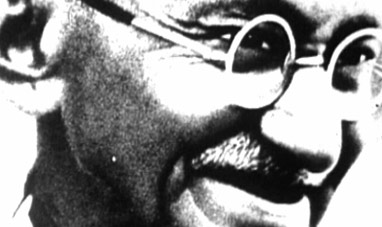

GANDHI
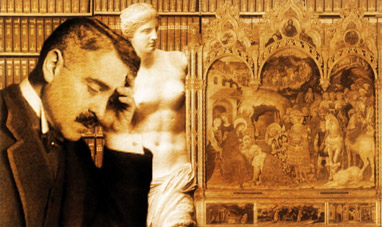

ABY WARBURG
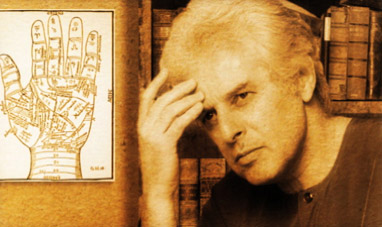

ALEJANDRO JODOROWSKY
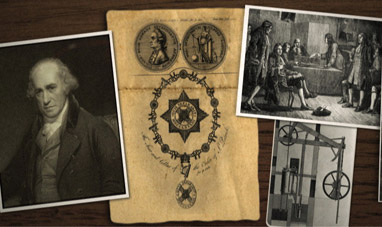

JAMES WATT
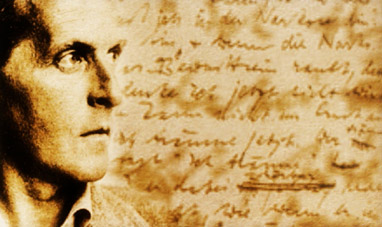

LUDWIG WITTGENSTEIN
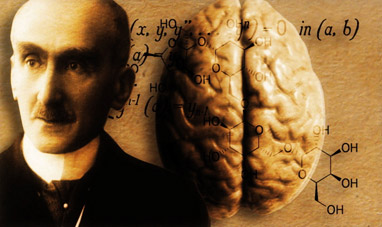

HENRI BERGSON
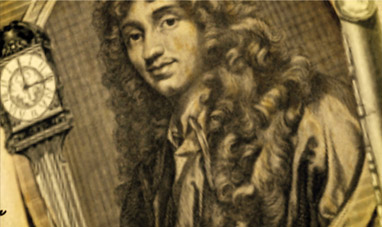

CHRISTIAAN HUYGENS
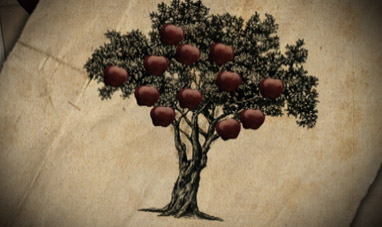

ISAAC NEWTON
